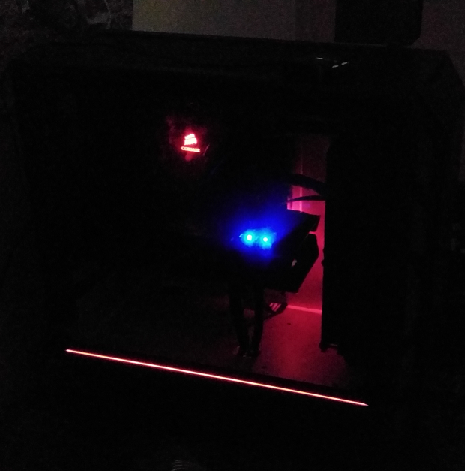Just to be pedantic, isn't that with TAA on
Does everyone play with TAA on
What is the framerate & quality if TAA is turned off
TAA is fairly insignificant performance hit. Which is why it gets used so often, some AA details here:
https://www.nvidia.com/en-us/geforc...e-guide/#wolfenstein-youngblood-anti-aliasing
![[H]ard|Forum](/styles/hardforum/xenforo/logo_dark.png)
